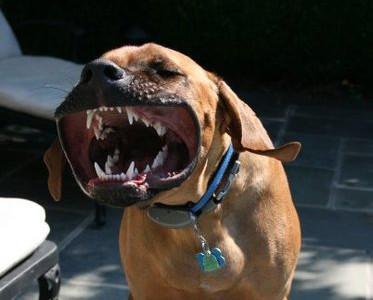
Dental care and your pet is more than a white smile and fresh breath. Annual dental cleaning can help prevent disease in your animal. Tarter and calculus build up can cause tissue damage at the gum line, loss of teeth, and internal damage that can affect the heart, kidneys and liver. Muddy Branch offers cleanings, oral surgery, and supplies for preventative care.
Please feel free to read up on dental disease and care on the American Veterinary Dental College's website.
Keep scrolling down for a detailed description of what to expect!
What to expect with a dental cleaning
What happens to your pet during a dental cleaning?
We know leaving your pet for the day can be scary, especially when you know your pet will be going under anesthesia. We take many precautions to make sure your pet is safe, comfortable, and as happy as possible during their dental cleaning. We also use state of the art techniques to skillfully clean your pet’s teeth.
Before the visit
Before you arrive at Muddy Branch Veterinary Center, our doctors and surgical staff review your pet’s medical history and pre-anesthetic bloodwork to build a customized anesthetic plan for your pet. Depending on your pet’s medical history we may change the anesthetic drugs we use, the antibiotics we give during and after the procedure, the fluids we give during surgery, or monitor additional parameters while your pet is under anesthesia. Going over a plan together before you arrive helps make sure the entire staff taking care of your pet for the day is aware of your pet’s particular needs.
Dropping off
When you drop off your pet for their dental cleaning, one of our technicians will bring your pet to our treatment area where they will take their first set of vital signs for the day. Additionally, our receptionist will ask you to sign an estimate the doctor has put together based on your pet’s medical history. One of our doctors will examine your pet to make sure there have been no changes that would warrant a change to their plan for the procedure. Your pet will then be given an injection of a pre-anesthetic medication that includes a sedative and pain control and helps us use less anesthetic drugs, making the anesthesia itself safer. We then place an intravenous catheter so that we can give your pet fluids during the dental cleaning and so that in the event of any emergency during the procedure we have reliable venous access. Your pet will then be induced for anesthesia and intubated to protect their airway during the procedure.
The dental cleaning
The dental cleaning starts with a thorough oral evaluation and charting of all abnormalities observed. Sometimes we will find dental disease on your pet’s oral examination when they are anesthetized that we couldn’t see when they were awake. We also recommend full mouth dental radiographs (x-rays) while your pet is anesthetized because most dental disease that causes pain occurs below the gum-line. Radiographs can identify broken teeth, broken roots, infected teeth roots, and periodontal disease that can’t be seen based on a visual inspection.
We use ultrasonic scaling to remove plaque, calculus, and tartar from beneath the gum-line where they can cause periodontal disease as well as from the crown, or visible part of the tooth. Your pets’ teeth are then polished so that their enamel surface is smooth. This makes it harder for plaque and bacteria to adhere to the tooth surface. If we notice any more significant dental disease while we are examining and cleaning your pet’s teeth, we will call you and ask permission to take radiographs of the affected tooth (if you have chosen not to perform full-mouth radiographs already) and recommend treatment based on the radiographic results. If your pet has a tooth that is severely diseased and should be extracted, we perform nerve blocks to prevent pain before it starts and use specialized instruments to remove the entire tooth and root and cover the resulting hole with healthy gingiva. We will also take radiographs after the extraction to make sure we have removed the entire tooth and send your pet home with oral pain medications to use for the next few days to make sure they remain pain-free at home while their extraction site heals.
We offer laser therapy as an option for our dental patients. Laser therapy uses light to stimulate healing and reduce inflammation. When applied to the gingiva after a dental, it can help your pet feel more comfortable by speeding healing times.
When your pet is waking up we will give you a call to let you know that they are doing well and to give you a summary of the procedure. Our surgical staff and doctors will monitor your pet closely during the rest of the day to make sure they are remaining comfortable after the procedure and they are continuing to recover well from anesthesia. During the afternoon, you can often find our staff snuggling with our recovering patients! Your pet will be ready to go home in the evening and one of our doctors will go over detailed discharge instructions with you.
Post-dental care and discharge from the hospital
Our doctors will go over personalized recommendations with you during your pet’s discharge appointment for at home care of your pet’s teeth. This often includes strategies for teeth brushing and dental treats in between brushing.
